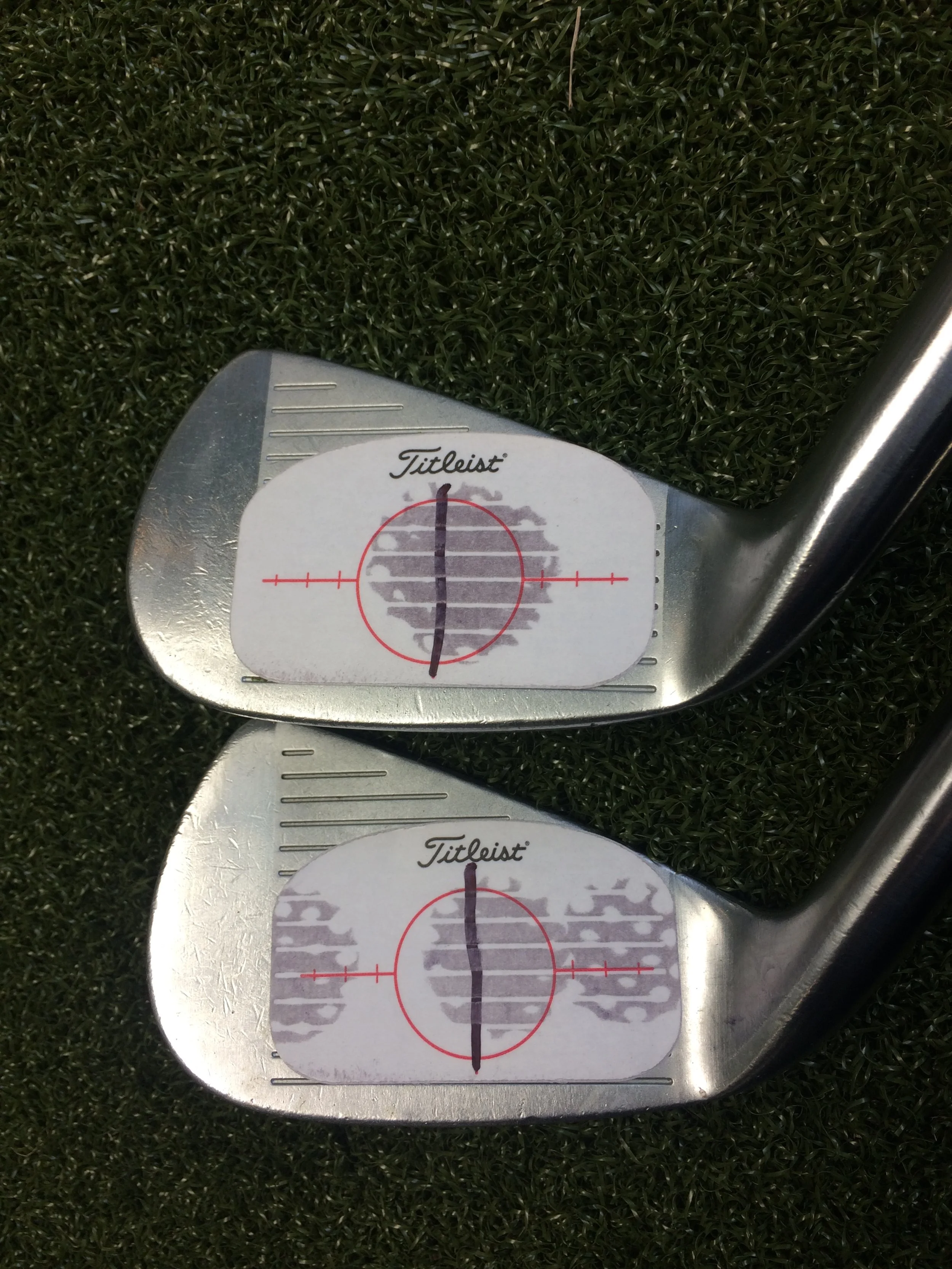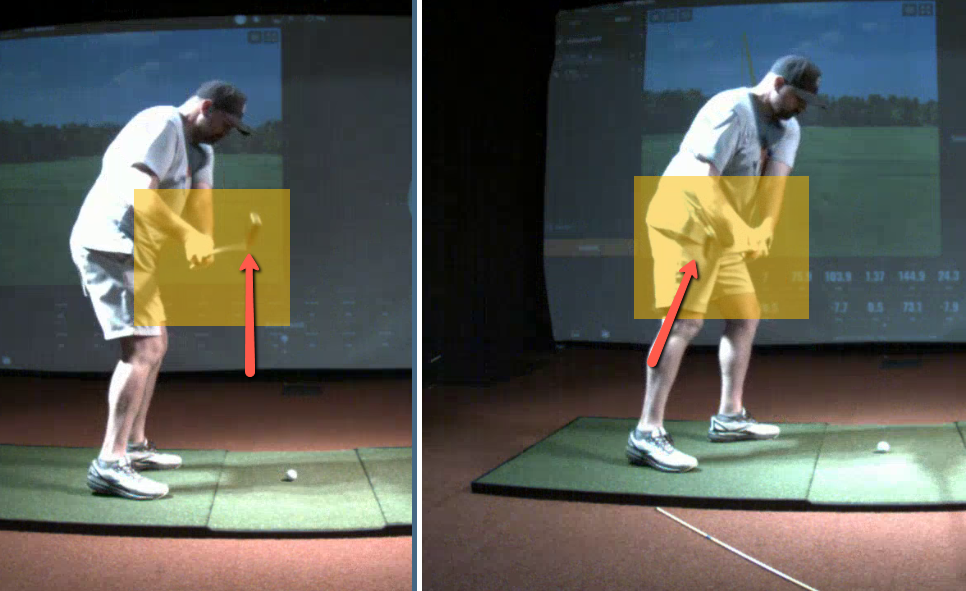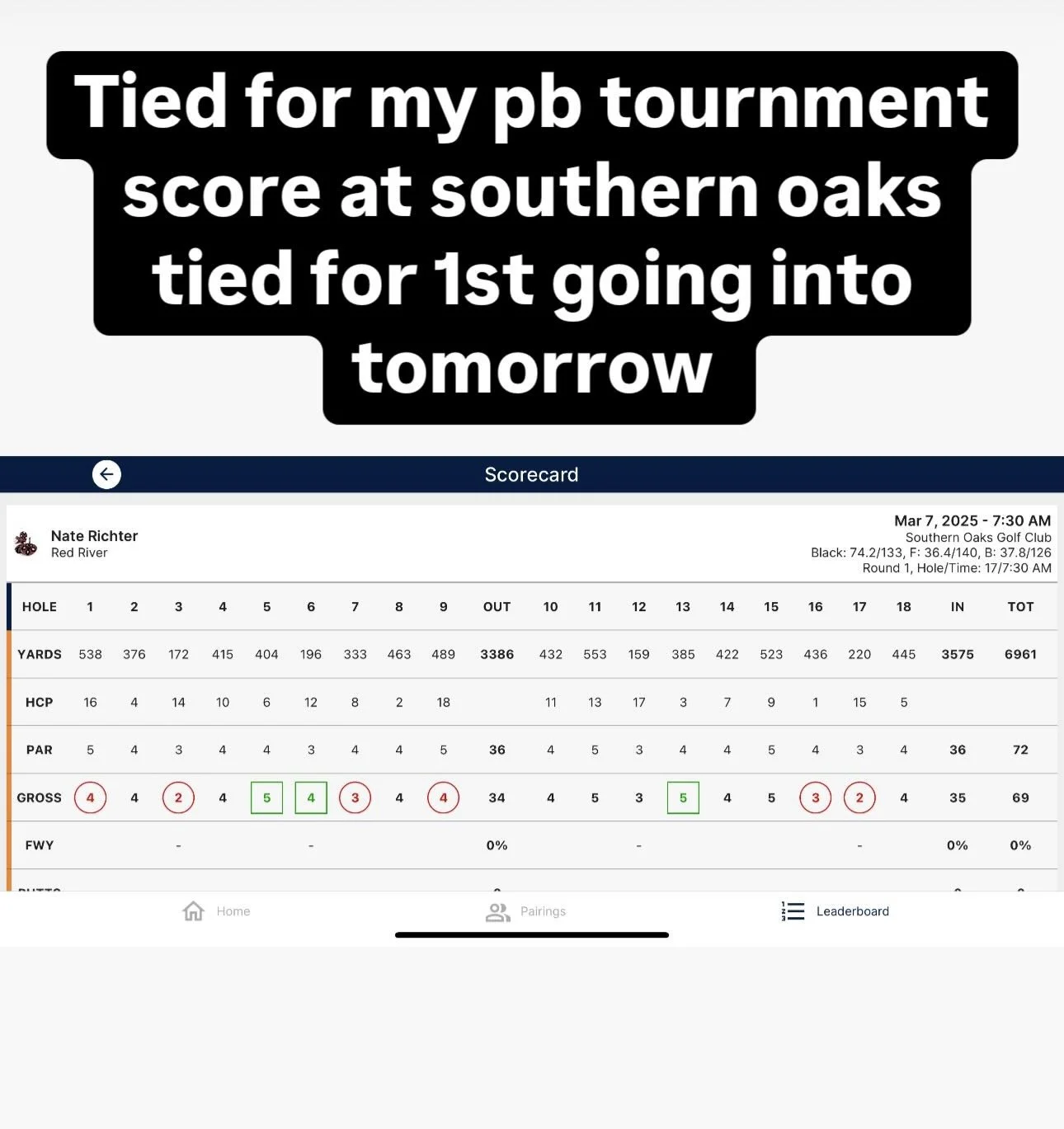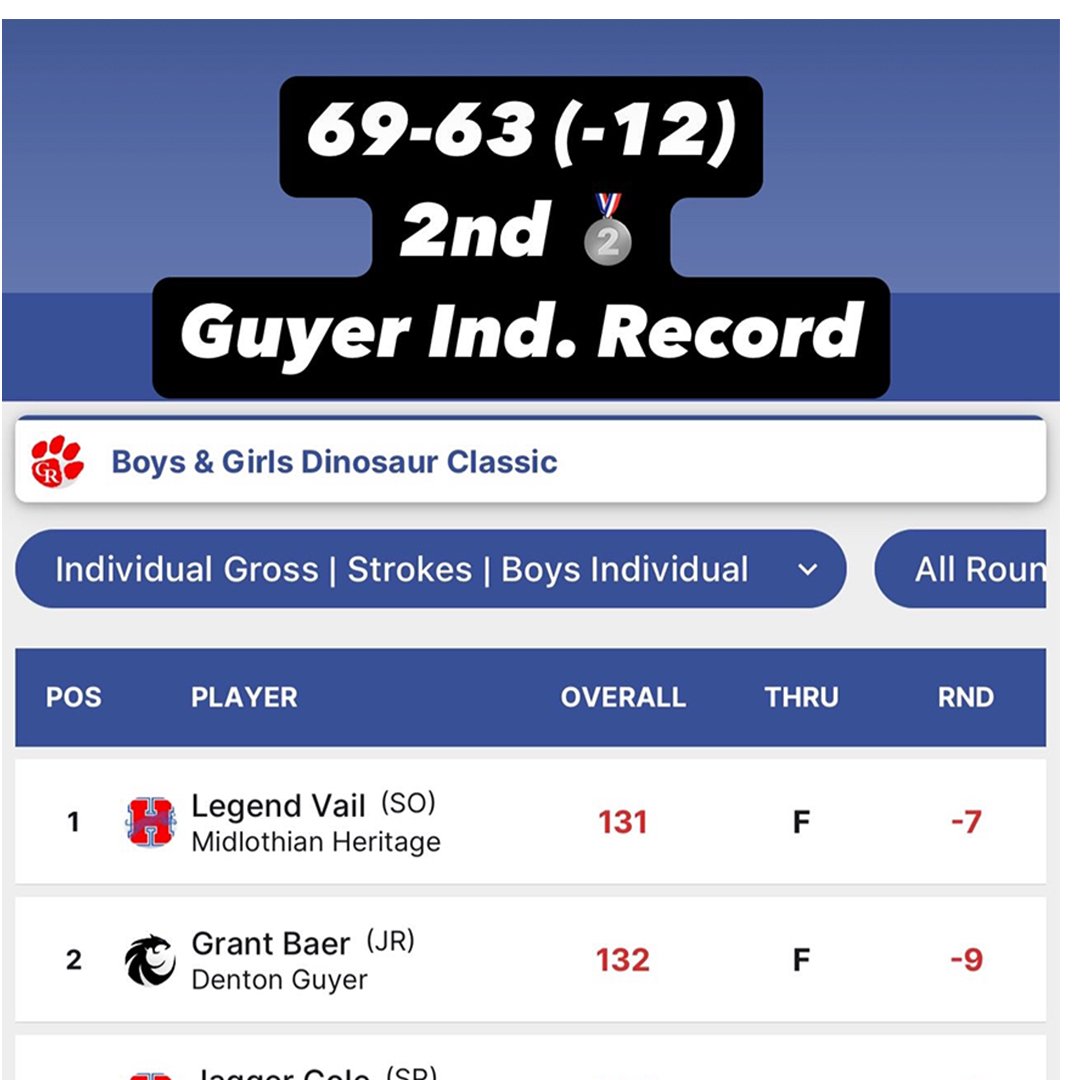This is the mental toughness we develop in our junior golfers—the ability to recover from mistakes and keep playing at a high level.
Why Junior Golfers Struggle in Tournaments (And How We Fix It)
Many talented junior golfers play well in practice but struggle under tournament pressure. Here are some common challenges:
❌ Mental mistakes after bad holes – One bad hole ruins the entire round.
❌ Inability to recover from setbacks – A triple-bogey leads to more mistakes.
❌ Lack of strategic course management – Poor decisions cost strokes.
❌ Swing breakdowns under pressure – Lack of confidence leads to mechanical errors.
At Dennis Sales Golf Academy, we train junior golfers to overcome these challenges by combining advanced swing analysis, mental training, on-course training and data-driven coaching.
The Best Junior Golf Training Program in Argyle, TX
We provide junior golfers with the tools to win through a structured, technology-driven training program that focuses on:
✅ Mental Toughness & Resilience – Develop the ability to handle adversity and finish strong.
✅ Advanced Swing Development – Using GEARS Golf, TrackMan, Foresight GC Quad, and SAM PuttLab for precise data-driven improvements.
✅ Tournament Strategy & Scoring Mindset – Learn to make better decisions under pressure.
✅ College Golf Preparation – Build the skills and performance necessary for scholarships and competitive play.
Our Junior Elite Training Program has already helped many junior golfers win tournaments and earn college golf opportunities.
Why Parents & Junior Golfers Choose Dennis Sales Golf Academy
Parents invest in junior golf training because they want to see their kids succeed and gain confidence—not just in golf but in life. At Dennis Sales Golf Academy, we don’t just teach swing mechanics—we prepare golfers to win.
🎯 Proven Track Record – Our juniors regularly place in top tournaments.
🎯 Technology-Driven Coaching – We use GEARS Golf, TrackMan, Foresight GC Quad, and SAM PuttLab for measurable improvement.
🎯 Personalized Development Plans – Every junior golfer gets a customized improvement roadmap.
🎯 Focused on Results, Not Just Lessons – We help players reach their competitive goals and not just "hit better shots."
If your junior golfer is serious about competing and improving, our program is the best solution in Argyle, TX, Denton, Lantana, Flower Mound, Southlake, Keller, and Roanoke.
Ready to Help Your Junior Golfer Compete & Win?
If your child struggles to play well in tournaments or lacks confidence under pressure, our Junior Elite Training Program can help them break through and achieve real success.
Take the next step today! Contact us to learn more about how we can help your junior golfer win tournaments and reach their full potential. Ready to start your golf improvement journey? Schedule your new student assessment today and come experience the uniqueness of our training program for FREE. 1 FREE training session for every new student assessment.





















